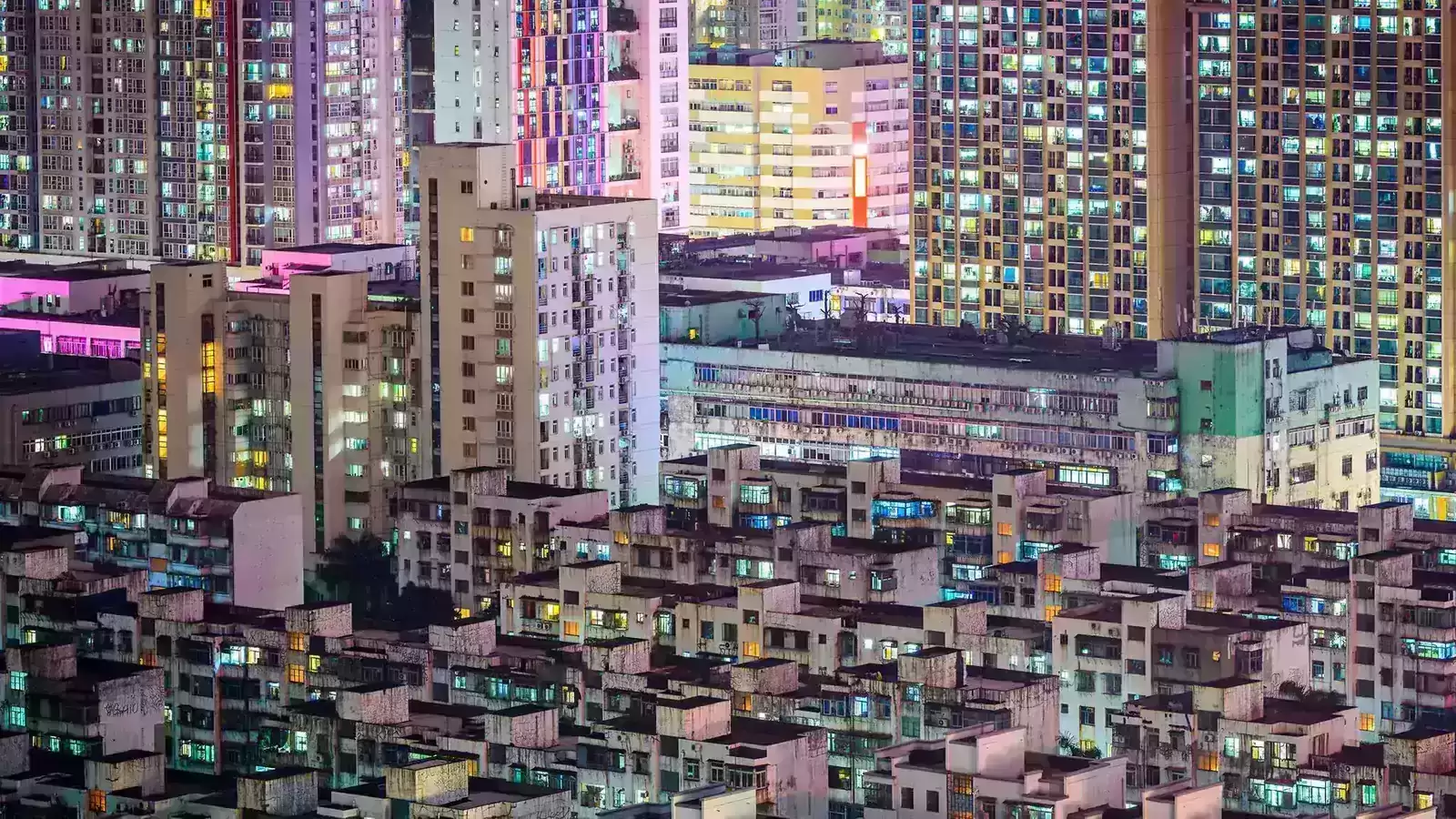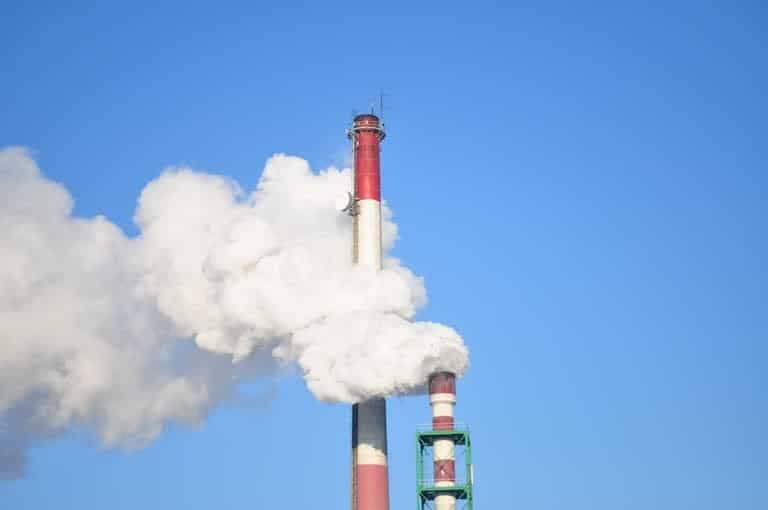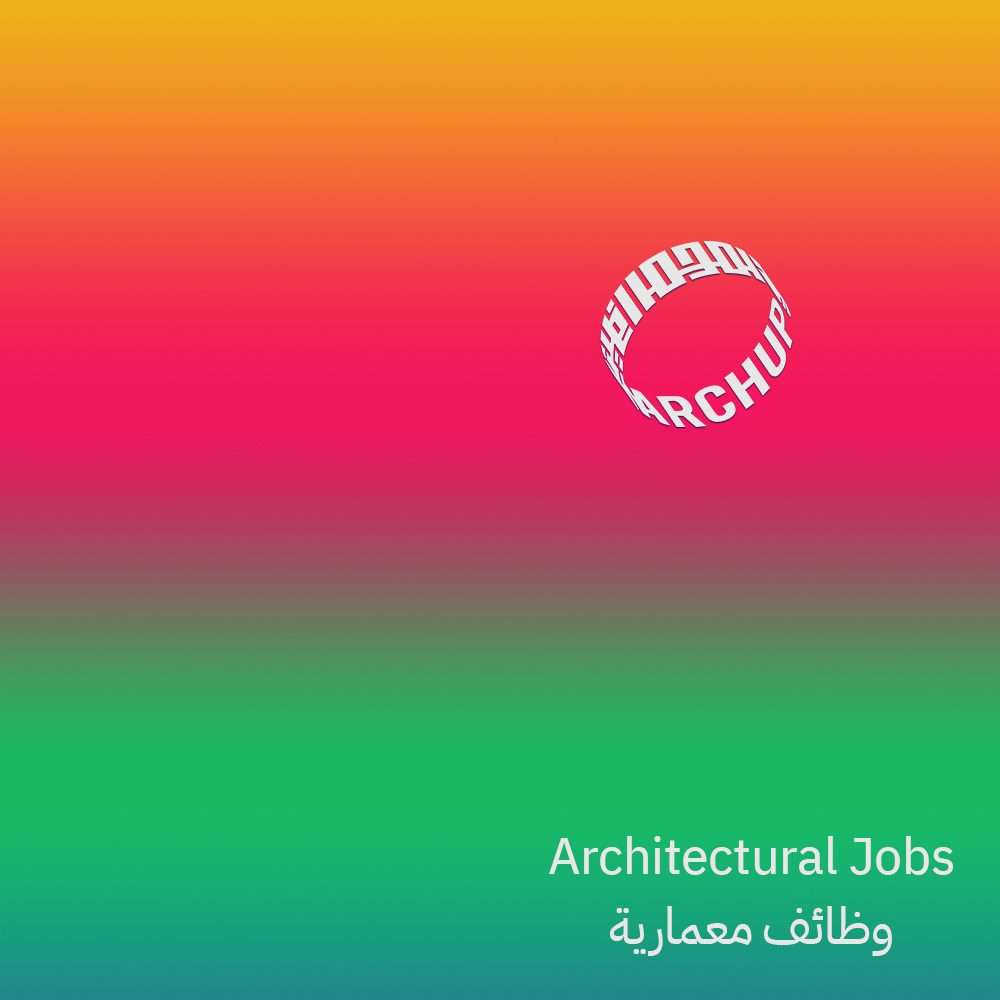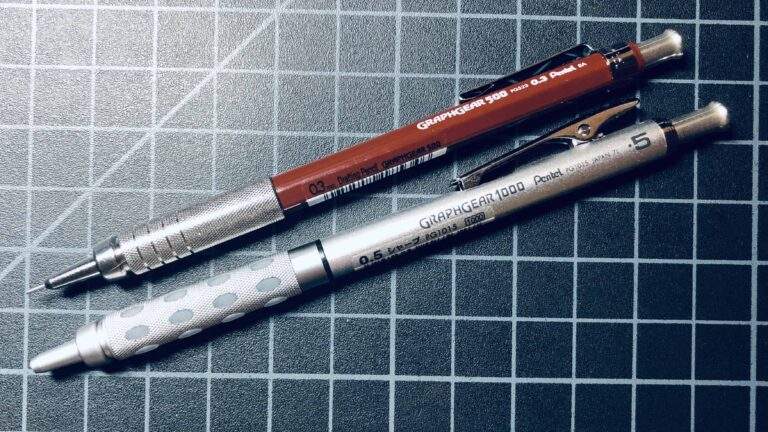Modern architecture has witnessed significant advancements with the advent of suspended structures, which rely on tension elements such as cables or fabric membranes. This technology not only provides a practical solution for spanning large areas without intermediate supports but also offers attractive and sustainable designs. In this article, we will explore the key components of suspended structures, their types, advantages, and disadvantages. We will also provide examples of their current applications and discuss future trends in this field.

Key Components of Suspended Structures
Suspended structures depend on a set of essential elements that work together to ensure balance and stability:
- Primary Load-Bearing Elements :
These include cables or tensioned membranes that carry the main loads. They are often made from high-strength materials like steel or specialized fabrics. - Perimeter Supports :
Frames or beams that anchor the cables and distribute loads to the foundation. - Vertical Support Systems :
Masts or pylons that add stability and prevent structural deformation. - Protective Covering :
Materials such as ETFE membranes or steel panels are used to protect the structure from environmental factors while ensuring durability.
Types of Suspended Structures
1. Linear Tension Structures
These include bridges like the Golden Gate Bridge, which spans 2,737 meters. Such structures primarily rely on cables stretched between supports.
2. Surface Tension Structures
These use tensioned membranes to efficiently cover large areas. A notable example is the roof of Munich’s Olympic Stadium.
3. Three-Dimensional Tension Systems
These combine cables and membranes to create complex forms. The roofs of Olympic sports venues are prime examples.

Advantages and Disadvantages of Suspended Structures
Advantages:
| Advantage | Description |
|---|---|
| Material Efficiency | Requires fewer materials compared to traditional structures, reducing overall weight. |
| Large Span Coverage | Allows for column-free spaces over vast areas. |
| Design Flexibility | Opens doors for creative and innovative architectural designs. |
| Cost-Effectiveness | Reduces construction time and labor costs due to prefabrication. |
Disadvantages:
| Disadvantage | Description |
|---|---|
| Weather Sensitivity | Prone to deformation due to wind and environmental conditions. |
| Maintenance Needs | Requires regular inspections for long-term performance. |
| Design Complexity | Demands advanced software and high engineering expertise. |

Notable Examples of Suspended Structures
Golden Gate Bridge
- Year Opened : 1937
- Total Length : 2,737 meters
- Materials Used : Steel cables with a diameter of 92.4 cm
Munich Olympic Stadium
This stadium features PTFE-coated glass fabric membranes, showcasing efficient use of modern materials.
Millennium Dome
- Total Area : 100,000 square meters
- Support System : 12 steel masts symbolizing the months of the year
Future Trends
1. Use of Smart Materials
The integration of self-healing materials and nanotechnology is expected to enhance durability.
2. Environmental Goals
New designs aim to reduce the carbon footprint by using lightweight materials like ETFE membranes, which cut material usage by 50% compared to traditional roofing.
3. Advanced Computational Tools
AI-driven modeling is improving load simulations and optimizing material usage for greater efficiency.

ArchUp’s Perspective
Suspended structures represent a significant step toward achieving sustainable and efficient designs. However, certain challenges need attention. Despite their material efficiency, maintenance can become costly if not planned properly. Additionally, there is a need to improve the resilience of these structures against extreme environmental conditions.
Our Opinion: Suspended structures can be the ideal solution for future cities, but efforts should focus on developing more flexible and cost-effective materials to make them widely accessible.
Frequently Asked Questions (FAQ)
1. What are suspended structures?
They are designs that rely on tension elements like cables or membranes to bear loads and cover spaces.
2. Are suspended structures expensive?
Generally, no. They reduce material and construction time costs.
3. What is the biggest challenge faced by these structures?
Sensitivity to wind and environmental conditions.
4. Can they be used in residential buildings?
Yes, though they are more commonly used in large-scale projects like bridges and stadiums.

Summary of Key Points
| Topic | Details |
|---|---|
| Key Components | Cables, perimeter supports, vertical supports, and protective coverings. |
| Types | Linear, surface, and three-dimensional tension systems. |
| Advantages | Material efficiency, large span coverage, design flexibility, cost savings. |
| Disadvantages | Weather sensitivity, high maintenance needs, design complexity. |
| Applications | Bridges, stadiums, and large event domes. |
| Future Trends | Smart materials, sustainability goals, and advanced computational tools. |
Sources:
- U.S. Department of Transportation – Report on cable-stayed bridges.
- Global Sustainable Energy Organization – Study on the use of ETFE membranes.







